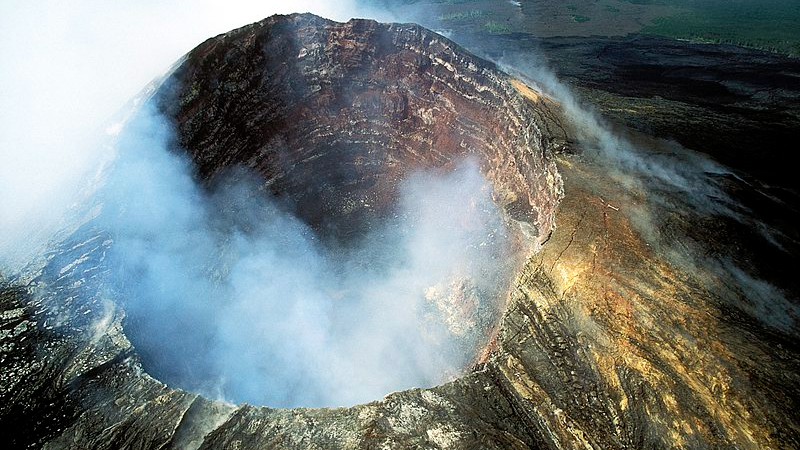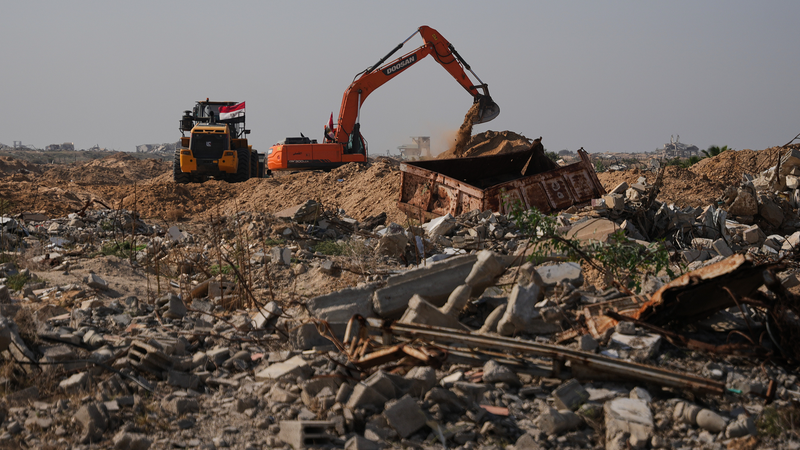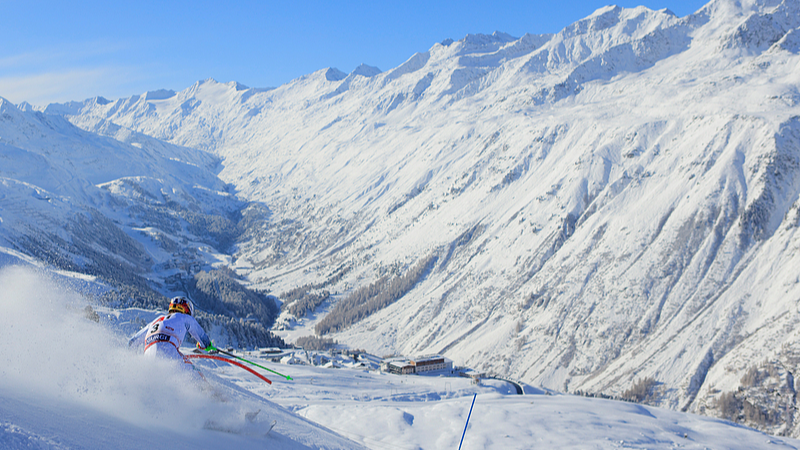As of November 24, 2025, lava flows from Kilauea Volcano on Hawaii's Big Island continue to mesmerize onlookers and pose new challenges for local communities. This eruption, one of several recorded this year, highlights why Kilauea remains one of the world's most active volcanoes.
Volcano by the Numbers
- Rank: U.S.'s second-largest volcano
- Eruptions: Over a dozen events recorded since early November
- Alert Level: Ongoing eruptions have kept the Hawaii Volcano Observatory on high alert
Why It Matters
Beyond the raw power of molten rock, this eruption offers a real-time laboratory for scientists. Drones, satellite imagery and AI-driven models are tracking lava flow patterns, helping predict potential hotspots and safeguarding residents.
Impact on Travel and Tourism
Visitors to the Big Island are advised to stay informed via official channels. While popular hiking trails near the eruption zone are temporarily closed, alternative experiences—like guided lava boat tours and virtual live streams—are drawing global audiences.
Staying Safe and Connected
For those planning a trip:
- Follow updates from the Hawaii Volcano Observatory and local authorities
- Use real-time mapping apps to monitor road closures
- Book accommodations in Hilo or Kona, away from the eruption zone
As Kilauea's fiery display unfolds, its blend of scientific intrigue and natural spectacle continues to captivate and caution. Stay tuned for the latest updates on myglobalnews.net.
Reference(s):
Live: Lava flows from Kilauea Volcano on Hawaii's Big Island
cgtn.com




